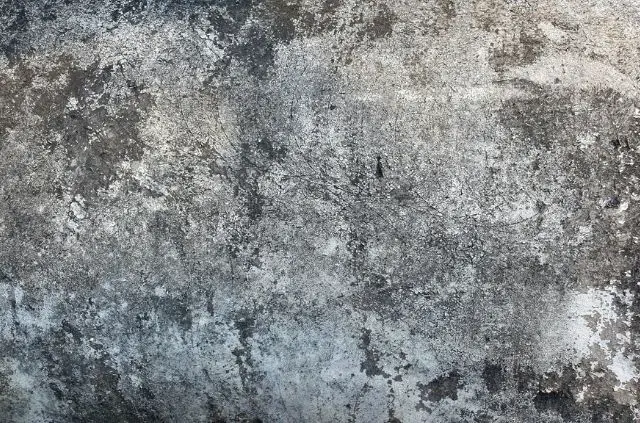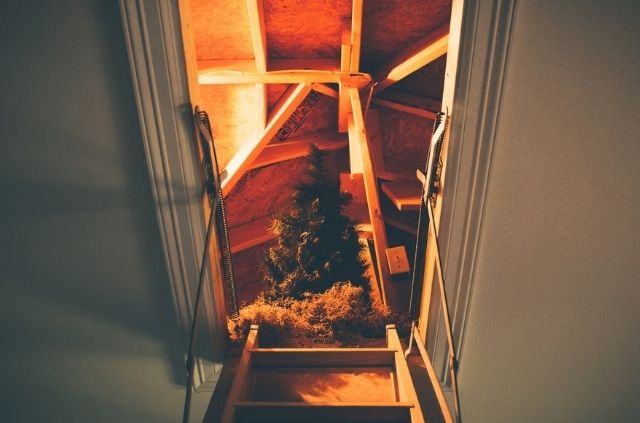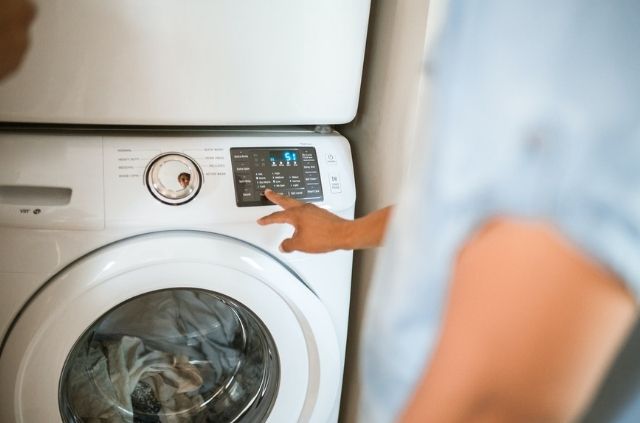Does Mold Grow on Metal?
Mold is the last thing you want to see in and around the house. The problem is it only takes a little bit of moisture for this organic growth to appear. This brings us to our question of the day: does mold grow on metal?
Yes, mold can grow on metal if the conditions are right. The good news is that mold is easy to remove from metal because it’s not a porous material – meaning that the surface isn’t full of tiny holes or openings.
How Mold Grows on Metal
One way mold can grow on metal and other materials is when dirt and other debris land on the surface. These types of contaminants only need a small amount of moisture for mold to start growing.
Another reason for mold growth is caused by areas with high humidity. Have you every hung up a towel to dry during a humid summer day? If you live in a location that experiences high humidity on a regular basis, you know all about this problem.
Another one of the most popular places for mold to grow on metal is in an air conditioning unit. On window units water drips out from one side, but it’s common to have moisture all over the exterior.
Metal Isn’t Porous
As I briefly touched on above, metal isn’t a porous material. That’s okay if you don’t know what this word means (I sure didn’t). Porous is basically a word used to describe objects that are full of small holes or openings.
There are plenty of materials inside and outside your home that can be classified as porous. Just think about a concrete sidewalk. Imagine getting down on your hands and knees to examine this surface.
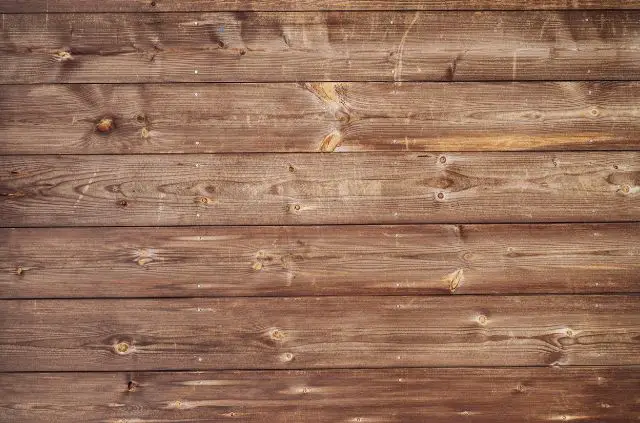
You only need to get a few inches away to notice small holes in the surface of the concrete. These tiny spaces allow air and liquid to pass through. But mold can make its way inside these holes and become difficult to remove.
How to Clean Mold on Metal
It’s essential to clean mold from your home before it spreads and becomes a bigger problem. It doesn’t matter what surface it’s on, mold should always be dealt with the moment you see it. Here are some household products you can use to effectively kill mold.
- Undiluted white vinegar
- Diluted bleach
- Ammonia
Never mix ammonia with bleach or other cleaning products, as this will create toxic fumes.
1. Find the Source
Before dealing with a problem, you need to find out what caused it. If you found mold growing on metal, chances are it didn’t happen randomly. Finding the source of this problem is critical if you want to prevent growth in the future.
If there’s mold on your air conditioning unit, examine the machine while it’s running to see where the moisture is coming from. If you have metal kitchen or bathroom fixtures, there’s probably a leak somewhere in the plumbing.
It’s most common in closets and under sinks, as moisture combined with very little light can create mold growth. Repair any leaks and make sure to install ventilation systems in the kitchen, bathroom, and laundry rooms.
2. Wear Protective Gear
Before starting any type of mold removal project, it’s essential that you wear protective gear. Mold can create microscopic spores that will come in contact with your eyes and skin.
These airborne spores can also be inhaled, which is why it’s important to wear a protective face mask, in addition to safety glasses and rubber gloves. You should see how dangerous mold can be by the amount of safety gear needed to remove it.
That’s why it’s so critical to clean mold the moment you see it in your home. Long term exposure can cause some serious health risks, especially to people who have allergies. Infants, children, and people with chronic lung disease are also at risk.
3. Use Detergent
You can’t just wipe off mold from a surface and expect it to be clean. If you really want to eliminate mold for good, a powerful cleaning solution needs to be used.
There are many different types of mold removal detergents on the market, so follow the directions on your specific product. Having a spray bottle will make the process easier. First spray down the area with your detergent. Let the chemicals dwell for about 20-30 seconds.
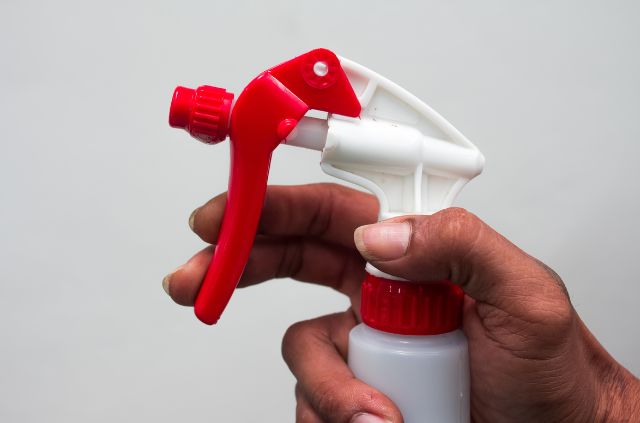
After this time has passed you can wipe the metal down with a rag. If you’re working on a metal surface where the mold is really caked on, you can use a brush. Just remember that a brush is an abrasive object and will scratch the metal.
4. Clean Up
Once the mold has been successfully removed from all metal surfaces, it’s time to clean up your work area. You will want to dispose of any paper towels, or rags that were used in the initial removal of the mold.
Then, you will need to clean up the surrounding area, as mold spores could have landed further away in the cleaning process. Cleaning around five feet from where the mold was should do the trick.
When you were spraying the mold and wiping aggressively, chances are some of these mold spores landed a few feet away. Don’t forget to throw away your safety equipment, once the surrounding area has been cleaned. You should never keep any gear that has mold on it.
Preventing Mold on Metal
Run a Dehumidifier – Running a dehumidifier can help protect your home from mold and mildew. The machine works by removing a large amount of humidity in the air from a continuous operation. If you have a room in your house where moisture is inevitable (like a basement) having a dehumidifier can help prevent future mold growth on metal.
Clean Gutters – Even if you’ve found mold inside the home, the cause could actually be coming from outside. Clean any gutters and downspouts around the exterior, to help water drain away from your house. If any of these outside locations are clogged, it can actually create water to build up and slowly start to make its way inside the house.
Fix Faulty Plumbing – Have you ever looked under a sink and noticed some type of bowl catching water as it slowly drips out of a pipe? This is only a temporary fix and needs to be dealt with properly. Sure, a drip tray will stop water from seeping onto other surfaces, but to effectively remove all moisture you need to repair any faulty plumbing.
Conclusion
I hope this article has helped you understand that mold can grow on metal. However, this isn’t a major problem to be concerned about. The main takeaway is that metal is not a porous material, which makes removal very easy.
It’s much more challenging to remove mold from concrete and other similar materials. The most important thing to remember is finding the source of the mold. It’s one thing to clean the mold, but you need to prevent it from growing back again.
Check for faulty plumbing and see if there are any leaks below the sink. Also remember to unclog any gutters and other downspouts on the exterior of the house, as this can lead to mold on the inside.
Search Terms
- Does mold grow on metal?
- How to clean mold on metal

